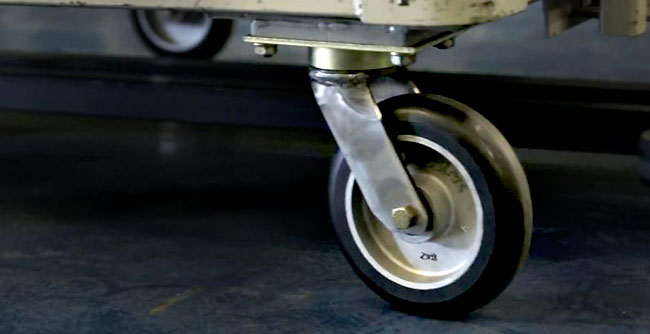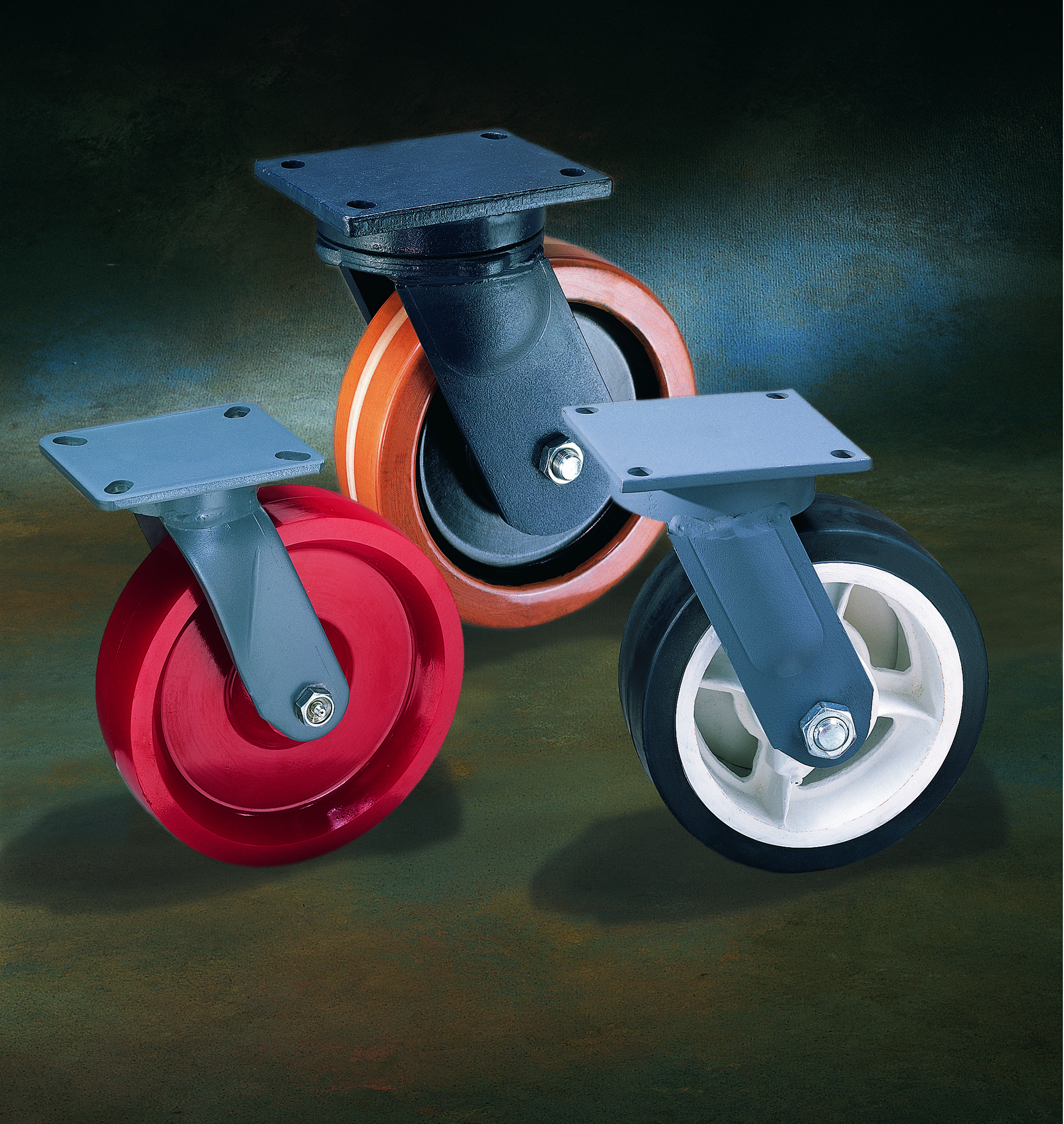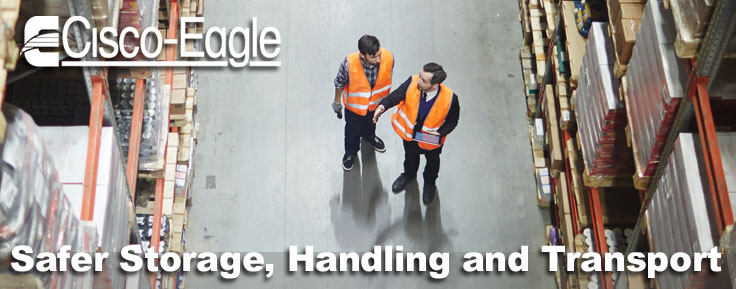Pretty Much Everything Rolls on Casters
A guide to finding the right caster wheels for your needs

Casters are the unsung heroes of the material handling world. Whether you operate a warehouse, facility or plant, you utilize casters every day in your distribution or manufacturing environment.
When you take the time to review your production environment and the types of casters available to you, it is possible to save money, enhance safety and boost production by choosing the right products from the start. This step-by-step guide will aid you in finding the best caster solutions for your workplace.
What are the right casters for your application? Here are some ways to determine that.
Step 1 – Maximum load size is the key
One of the most important factors when it comes to choosing caster wheels is the maximum load size. Casters have maximum capacities that vary depending on things like the materials used, the size and more, and it is crucial that you choose casters that will easily support the maximum possible weight of what you need to move. When in doubt, you’ll want to choose casters with weight limits well above the potential maximum. This way, if overloading were to occur, caster failure is less likely.
Step 2 – Review the cart/rack size
Once you understand the maximum load weight, you will also need to consider the size and configuration of the cart or rack. Caster sizes will vary based on their configuration and the distance between the corners where the casters will attach to the cart or rack. In some cases, you may find that you need smaller dual-wheel casters to provide adequate support, but in other cases, you may need only one large caster per corner to get the job done. Take measurements for each cart or rack before buying casters.
Step 3 – Get the right caster and wheel for your environment

The operating environment makes or breaks a caster. Choose the wrong wheel for a floor covered in metal shavings, and you’ll be replacing it quickly. Tow a caster that isn’t designed for it, and it will give out. Roll the wrong rig into a high-temperature application, and it’s toast. Load a caster up with too much weight, and it may give way, breaking product and endangering people.
But with the right specification, you can have a caster that will function in most any environment. Today’s advanced casters have numerous high-tech features that make them safer, longer-lasting and easier to use. Some of these include:
- Shock absorption – Sometimes floor obstructions cannot be avoided, and if this is the case in your facility, a shock-absorbing caster is crucial. It can prevent employee injury and reduce load jarring that could result in damage.
- Ability to withstand temperatures – For facilities that endure either extreme cold or hot temperatures, it is important to choose casters designed to stand up to such environments.
- Moisture and chemical resistance – You’ll want a wheel that is designed to resist rust or corrosion if there’s a possibility they could come into contact with water, solvents or chemicals. Consider a bearing, such as the Celcon Bearing, that is applicable to this type of situation as well.
These represent only a handful of features from which you can choose, so be sure to look over your options and make the appropriate considerations.
Step 4 – Make sure it’s safe
Employee safety is a vital concern and one you should take seriously when choosing caster wheels. The casters you choose are an investment in helping workers transport products and materials around, and the safer the caster, the more efficient these movements will be. Ergonomics is also a concern, and this is especially true when it comes to the amount of force required to start a cart rolling or to maneuver it around a corner. Some casters are ergonomically designed, which means they can significantly reduce friction, making carts easier to maneuver, while helping to reduce injury.
Step 5 – Find a good value
Of course, the cost associated with caster choices is a very important factor for most businesses when it comes to choosing the right wheels. However, like many other things, you tend to get what you pay for. Spending very little on casters will likely result in lesser-quality products that will wear quickly or may fail unexpectedly. Take the time to truly think about the quality and reputation of the product, then compare it to the cost to get a better idea of its overall value.
We understand that buying casters does not have to be incredibly complex, but you should put some thought into it to make the best possible decisions. With the right wheels, you can enhance your production, save money over time and even promote ergonomics and safety in your facility from the ground up.
More resources
Tags: casters, industrial casters
Evan Fleishacker




